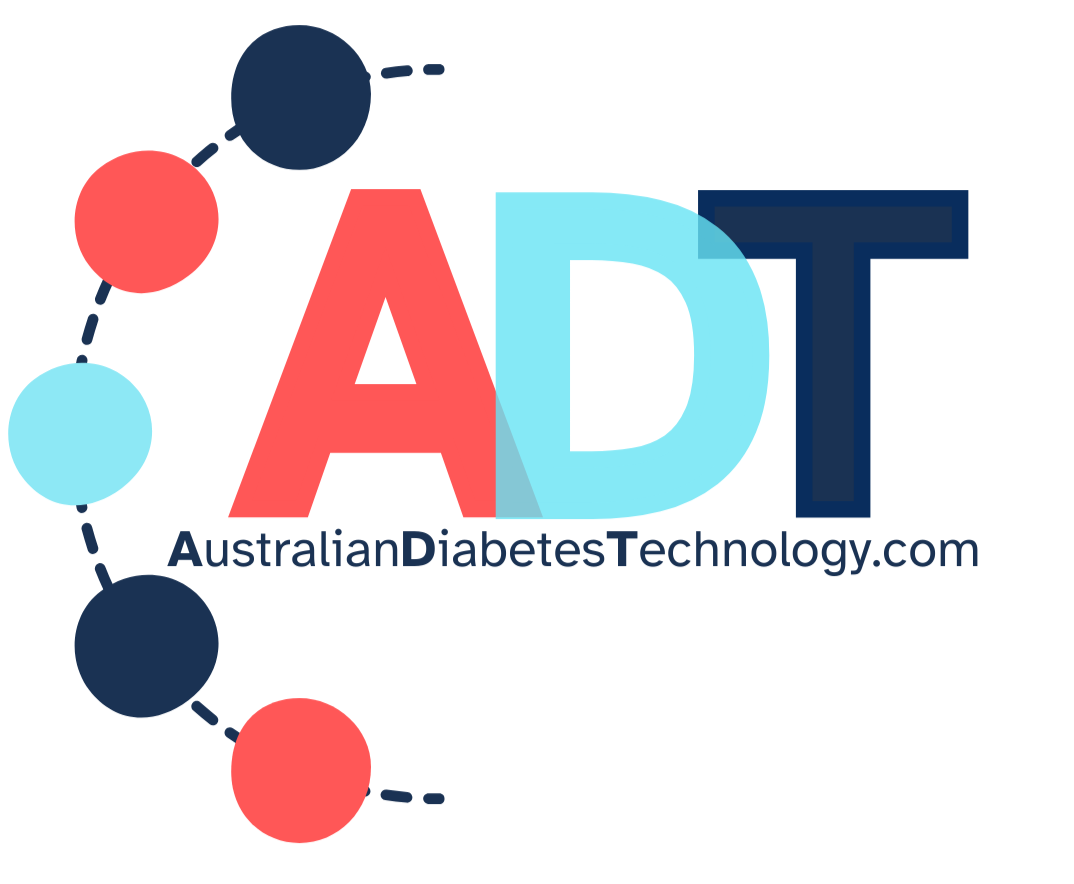Let’s take the first step of understanding together…
These systems combine continuous glucose monitoring (CGM) with insulin delivery devices to automatically adjust insulin delivery based on real-time glucose readings.
Here’s a breakdown of how it works:
Continuous Glucose Monitoring (CGM): A CGM system measures glucose levels in the interstitial fluid (the fluid between cells) continuously, usually through a small sensor inserted under the skin. It provides real-time glucose readings and trends.
Insulin Pump: This is a device worn on the body that delivers insulin through a small catheter placed under the skin. The pump can be programmed to deliver a steady basal rate of insulin and boluses for meals or high glucose readings.
Control Algorithm: The heart of an AID system is its control algorithm, which uses the glucose data from the CGM to determine how much insulin should be delivered. The algorithm can adjust insulin delivery rates based on current glucose levels and trends to help maintain target glucose levels.
Automated Adjustments: Based on the glucose readings and programmed settings, the system can automatically increase or decrease insulin delivery. This helps to prevent high blood glucose (hyperglycemia) and low blood glucose (hypoglycemia).
User Interaction: While these systems automate a lot of the insulin delivery process, users still need to input certain information, such as carbohydrate intake and exercise, and periodically calibrate their CGM sensors.
In essence, AID systems aim to simplify diabetes management by reducing the burden of manual insulin dosing and helping to improve blood glucose control. They can significantly enhance the quality of life for people with diabetes by providing a more stable and predictable glucose level with less frequent manual intervention.

What systems can I choose from in Australia?
We have 4 awesome options (and are grateful for every single one!)
Medtronic 780G Insulin Pump
Paired with Guardian 4 CGM
Glucose and Insulin data is shown on pump and this is mirror on compatible phone
Algorithm brain is the the pump
Omnipod Tubeless Insulin Pump
Paired with Dexcom G7 CGM
Glucose and Insulin data is shown on phone, pump is controlled from phone
Algorithm brain is the Pod and this information is shared with the PDM and the cloud.
TslimX2 Insulin Pump
Paired with Dexcom G7 CGM
Glucose and insulin data is shown on pump, glucose is also sent independently to a phone
Algorithm brain is the the pump
YpsoPump Insulin Pump
Paired with the Dexcom G7 CGM and paired with the CamAPS fx app
Glucose and insulin data is shown on phone, bolus doses are delivered from phone
Algorithm brain is the the phone and must be kept close to body
Some further questions you may have:
-
Talk to your Diabetes Health Care team about how you can access an Insulin Pump and CGM. The options vary from the National Diabetes Service Scheme (NDSS), Private Health Insurance (via Hospital Cover), the Juvenile Diabetes Research Foundation (JDRF) Pump Program or paying for the pump/CGM outright.
-
This does depend on how you access the pump.
Typically, pump Warranties last for 4 years and most Private Health Insurance will fund a new pump every 4 years.
-
Spend some time having a look and understanding the different systems below. Consider your lifestyle and preferences for how you wish to fit Diabetes into your life. All of these systems can reduce the burden of Diabetes and improve outcomes, especially when it suits your needs. Chat to your Diabetes Health Care Team and have a read through of our blogs and jump on a video where you can physically see the different pumps and how they work.





